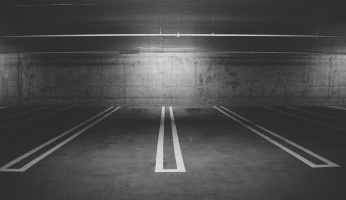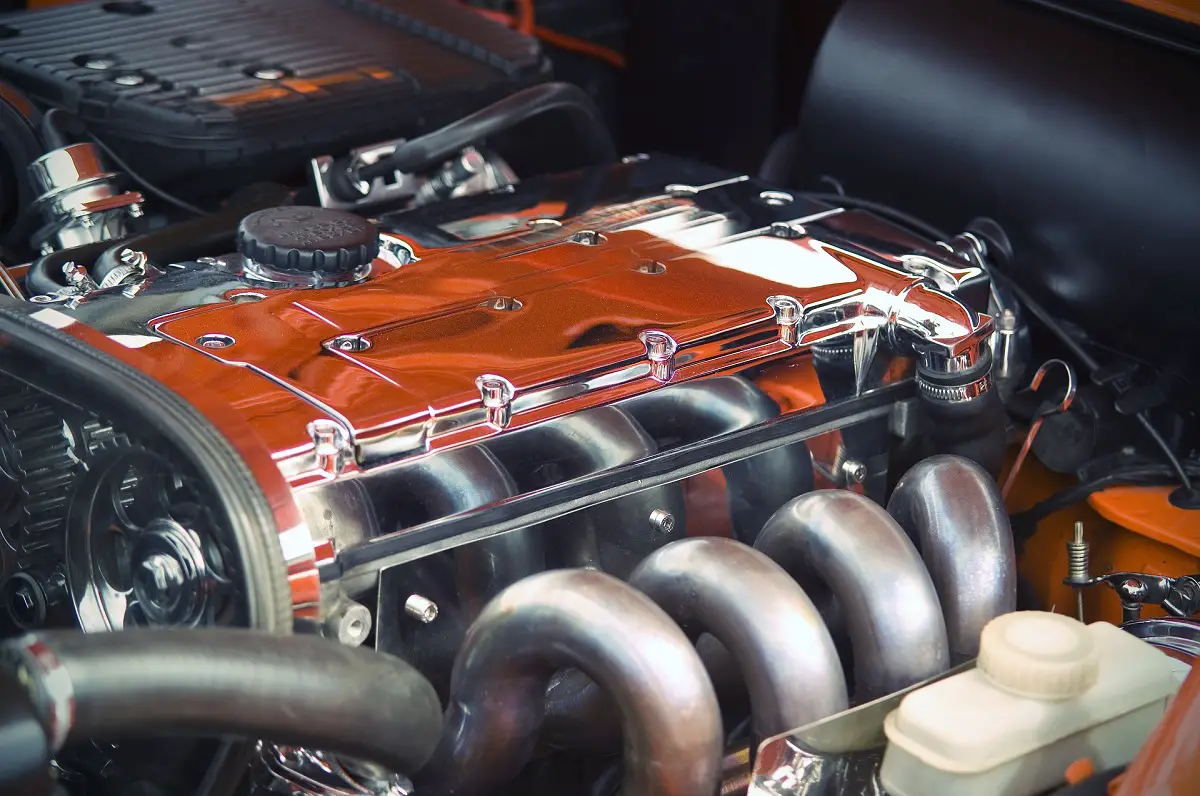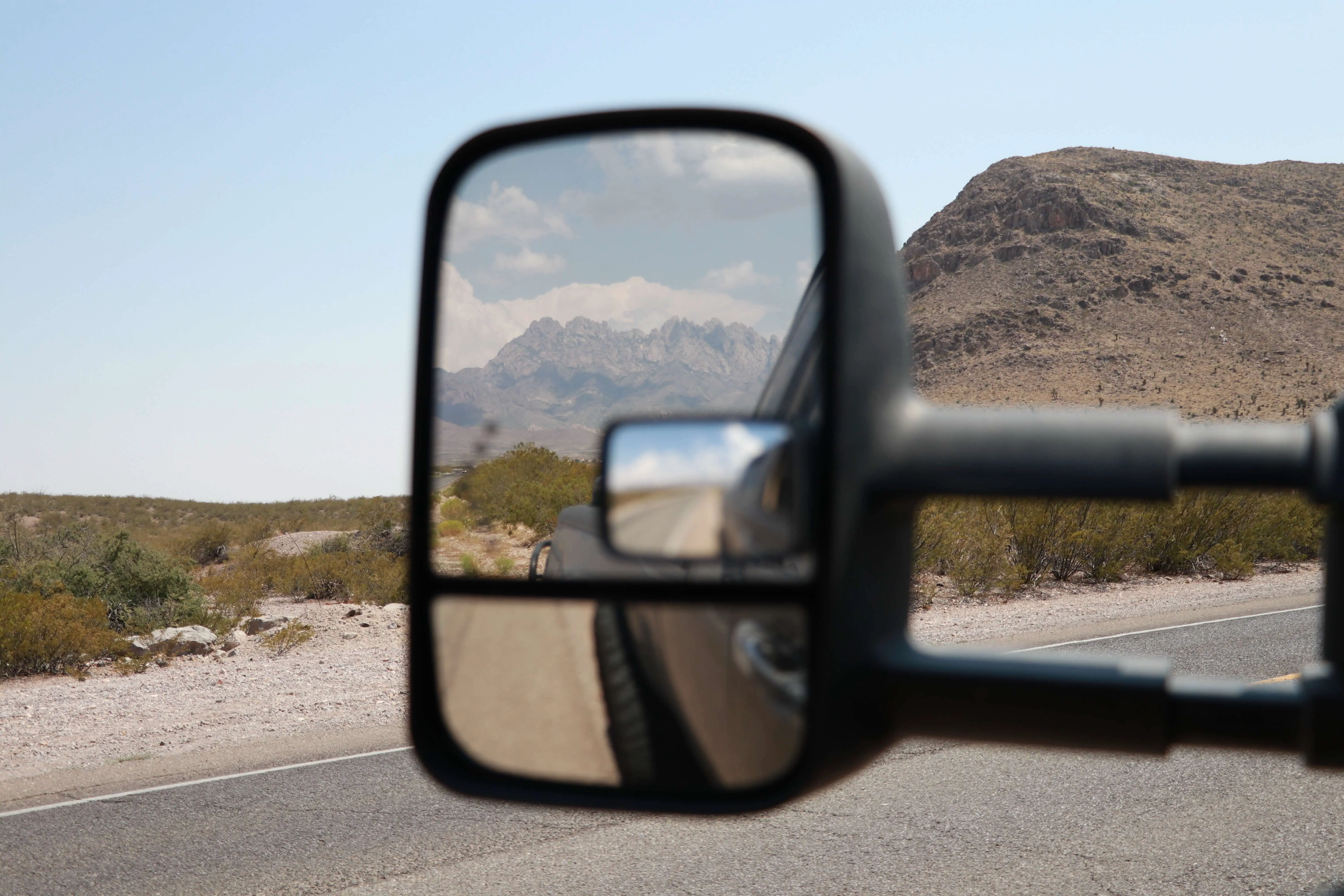Why You Should Set Your Parking Brake
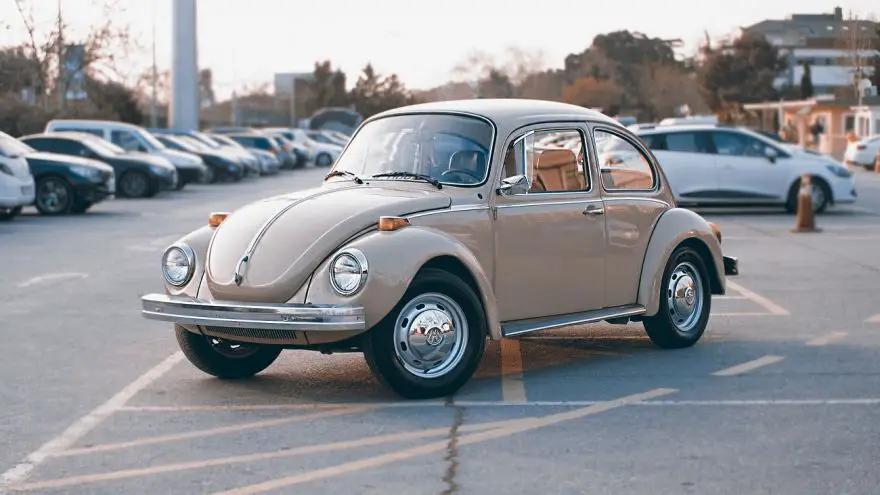 Why You Should Set Your Parking Brake
drivrzone.com
Why You Should Set Your Parking Brake
drivrzone.com
Depending on who you are, you might rely on the parking brake extensively, or you might see that funny little lever in the middle of your console as one of many of your car’s features that’s never used. Likely, you’re somewhere in the middle, typically using the “emergency brake” in situations that call for a bit more surety in locking yourself in place. Use of the parking brake varies extensively, with most people fervently defending their own practice with the brake. Let’s take a close look at the parking brake, and examine exactly when and why you should use the parking brake.

The Debate
Despite a relatively significant consensus among experts, some people still maintain that using a parking brake is unnecessary, including some experts who offer dissenting opinions to the others. The reasons not to use the parking brake ultimately come down to convenience and probability. In an automatic car, the chances of your regular brake failing when parked are small enough that you could go your whole life without it ever happening to you. On the other hand, there is a chance that it could happen, and that’s not a risk that anyone should be taking on a daily basis. Overall, it is generally agreed upon that using the parking brake every time you park is the best practice to get into. To understand why that is, however, you have to know how your car’s parking systems work.
Braking Systems in the Car
Every car has two different braking systems in play. The one that you use every time you drive, to come to a stop while you’re moving, is known as the service brake. The service brake, or primary brake, works by directly amplifying the force that you apply through the brake pedal, sending it as hydraulic force into the tires, clamping down on the spinning wheel, and allowing it to slow down and come to a stop. The amount of pressure you apply is directly proportional to the hydraulic force applied to the tires, which is why tapping the brakes don’t clamp down entirely on the wheel and lock up your brakes. The parking brake, however, isn’t connected to the hydraulic system at all, which is why it’s also referred to as the “emergency brake”; because it works even if the hydraulic system has failed.
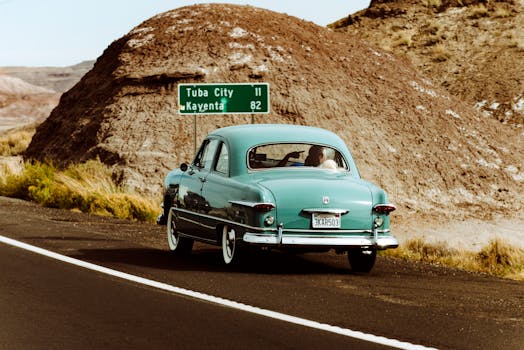
How the Parking Brake Works
Instead of using the hydraulic force, parking brakes engage actual levers to clamp directly down on the tire. This not only bypasses the less reliable hydraulic system and provides a failsafe, it also locks the car down in a more significant way than anything else you can do while parked. There’s obviously an advantage to using the hydraulic brakes when moving, as there is less direct wear and tear on the wheels, but in a stopped position, parking brakes lock up movement entirely, which is what you want.
Manual vs. Automatic
Use of a parking brake does vary between the manual and the automatic, so the perspectives of each type of driver might well be fixed before they read this article. The biggest difference between the two is obviously that automatics shift the gears for you, while manual cars require you to do it yourself. But if you’ve only ever driven one of them, you might not know that automatic cars have a specific gear called “park” and that manuals do not have any such gear. Because of that difference, the parking brake can take on a different form in each type of vehicle.
Parking in a Manual
Parking in a manual is a very specific process, and if you do it in the wrong order or manner, you could easily stall out. First, you have to come to a stop, using the car’s service brake. When you come to a stop, it is essential that you either have the clutch depressed, or have the car shifted in neutral. If the car is engaged in a gear when you stop, you will stall out, as being in gear at all requires the car be moving. However, once you’ve stopped the car and turned it off, you cannot leave it in neutral; doing so will mean the the tires can move freely, and it can be easy to roll away. You must put the car in gear in order to give your car stability. However, just doing that won’t be enough to keep your car safe. Engaging the parking brake is a must in any circumstance, as having the car in gear will only make it resistant to moving on its own. It will still respond to outside forces, like gravity or a person leaning on it.

Parking in an Automatic
Parking in an automatic is much easier, largely because there is no clutch to worry about. You simply roll to a stop, shift the car into park, and take out the keys. Many automatics won’t even allow you to remove the keys from them unless you’ve already shifted the car into park. Because there is this stringent process, most people think that’s all they really need to do to keep their car safe. Most of the time, they will be right about that, but not all of the time, and with something as valuable and as important as a vehicle, that’s a risk that no one should be willing to take, especially with no real reason not to, except laziness.
Parking Pawls
There’s one specific reason that not using the parking brake can be dangerous in an automatic set to park, and that is a part of the car known as the parking pawls. A parking pawl is a small part that engages when you shift the transmission into park. It’s a little pin that goes into a notch on the transmission. When that pin is in that notch, the transmission is locked into place, specifically the transmission’s output staff. But parking pawls aren’t infallible. It’s just a metal pin, and that pin can snap or become loose. It’s not a common occurrence, or else it would be chaos on the streets, but the possibility is there. You know all of those funny videos of people online who were silly enough to not park their car properly? There’s a decent chance that they did, and the pawl just came loose. You don’t want to find yourself on a fail video.
Electronic Parking Brake
There is one instance where you might be permitted to ignore your parking brake, and that’s if you have an electric one. Electric parking brakes, known as EPBs, are devices installed in many newer and higher end model cars. These function exactly like the parking brake, with physical levers and cables, but they are triggered by shifting the car into park. If you are absolutely sure you have an EPB, as in you opened up the manual and checked for it, then you can shift into park and run if you need to. On the other hand, electrical devices are some of the most likely to fail, and there’s no guarantee that the EPB will work every time. As before, as there is no real cost to using the manual parking brake, it’s almost always a better policy just to do it.
Particularly Dangerous Circumstances
If you choose to be stubborn and really don’t want to use your parking brake, or you just can’t get use to it and keep trying to drive with the parking brake on, then you might ignore everything in this article, and continue to not use your parking brake. If that’s you, at least know that there are some environments where you should always use the parking brake even if you don’t normally. The two major things to look out for are bad weather and incline. If you’ve got rain pouring down as you park, or if you’re pulling into a driveway of crunchy snow, always engage that parking brake to protect against slipping. And if you’re parking on a hill, that’s the most dangerous circumstance. Gravity is a fierce combatant, and it’s a battle your car will lose if gravity gets the slightest advantage. Use the parking brake to take chance out of the equation.

Added Advantages of Using the Parking Brake
There are a couple more advantages to using the manual parking brake beyond safety concerns. For one, the added force holding your car still will alleviate the pressure on the parking pawl, as well as the rest of your transmission. If you don’t engage the parking brake, then all of the force that might dislodge your car must be absorbed by that pawl; even if it holds, it does wear and tear beyond what is necessary. The second advantage is that it keeps those cables and levers that make up your emergency brake system moving. If they don’t move, they can lock up, and if you have to turn to your brake in an emergency, it won’t budge for you.
Using the “Emergency” Brake
That is, in fact, the most valuable aspect of your parking brake, and a good point to end on. If those hydraulic brakes fail while you’re careening down the highway at speeds unimaginable a mere century prior, you have exactly one thing protecting you from a horrible accident: that emergency brake. If the unthinkable happens, and you’re forced to use it to stay alive, make sure you use it the right way. Don’t jerk up on the lever; that will lock up your brakes and leave you sliding and in less control than you were before. Pull it up slowly, easing onto the emergency brake just as you would on the regular brakes. Allow yourself to coast to a controlled stop rather than panicking and freaking out. That parking brake could be the thing that saves your life one day.
Sources
- Your Mechanic – Why You Should Always Set the Parking Brake
- Instamotor – The Great Parking Brake Debate
- Napa Online – When to Use Your Emergency Brake: Car Myths Debunked


